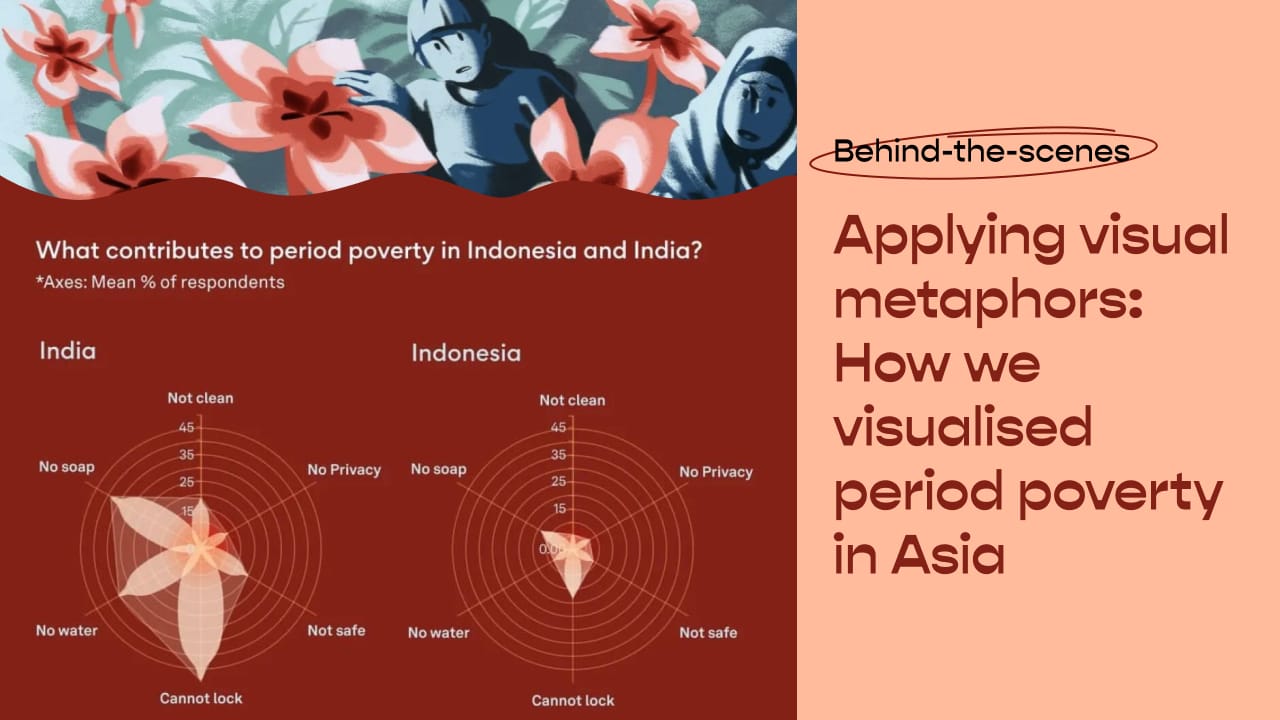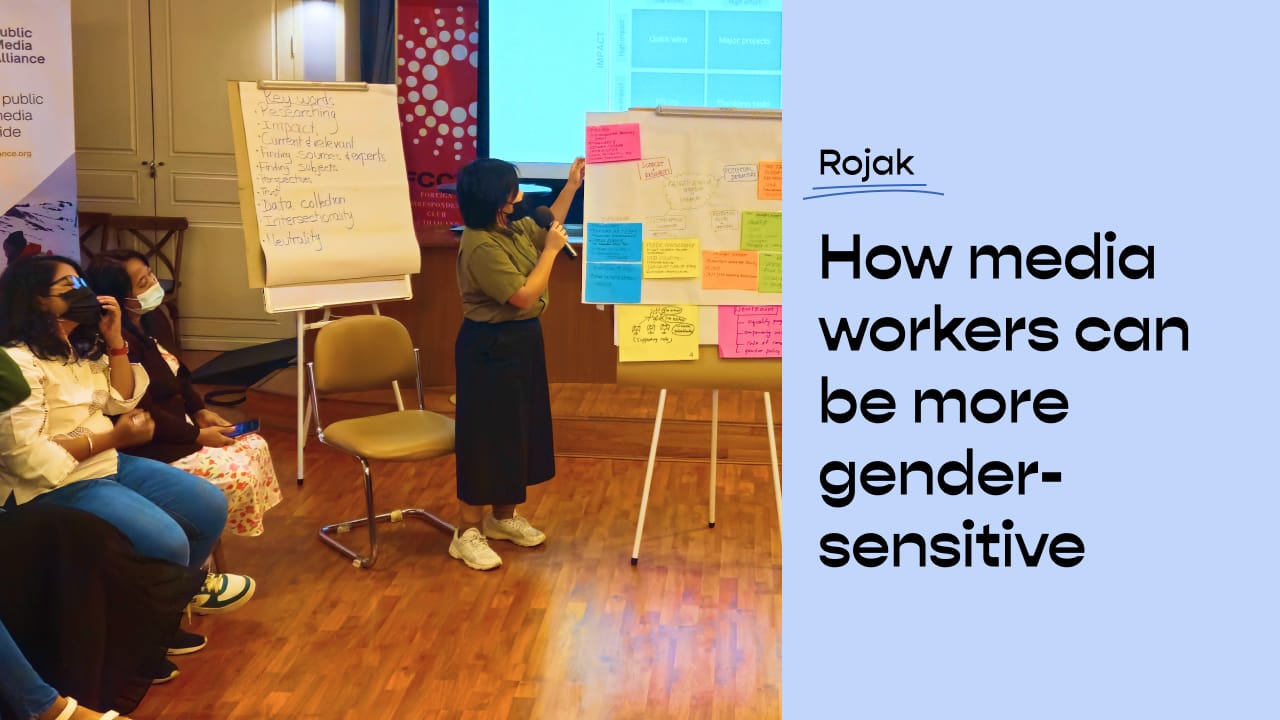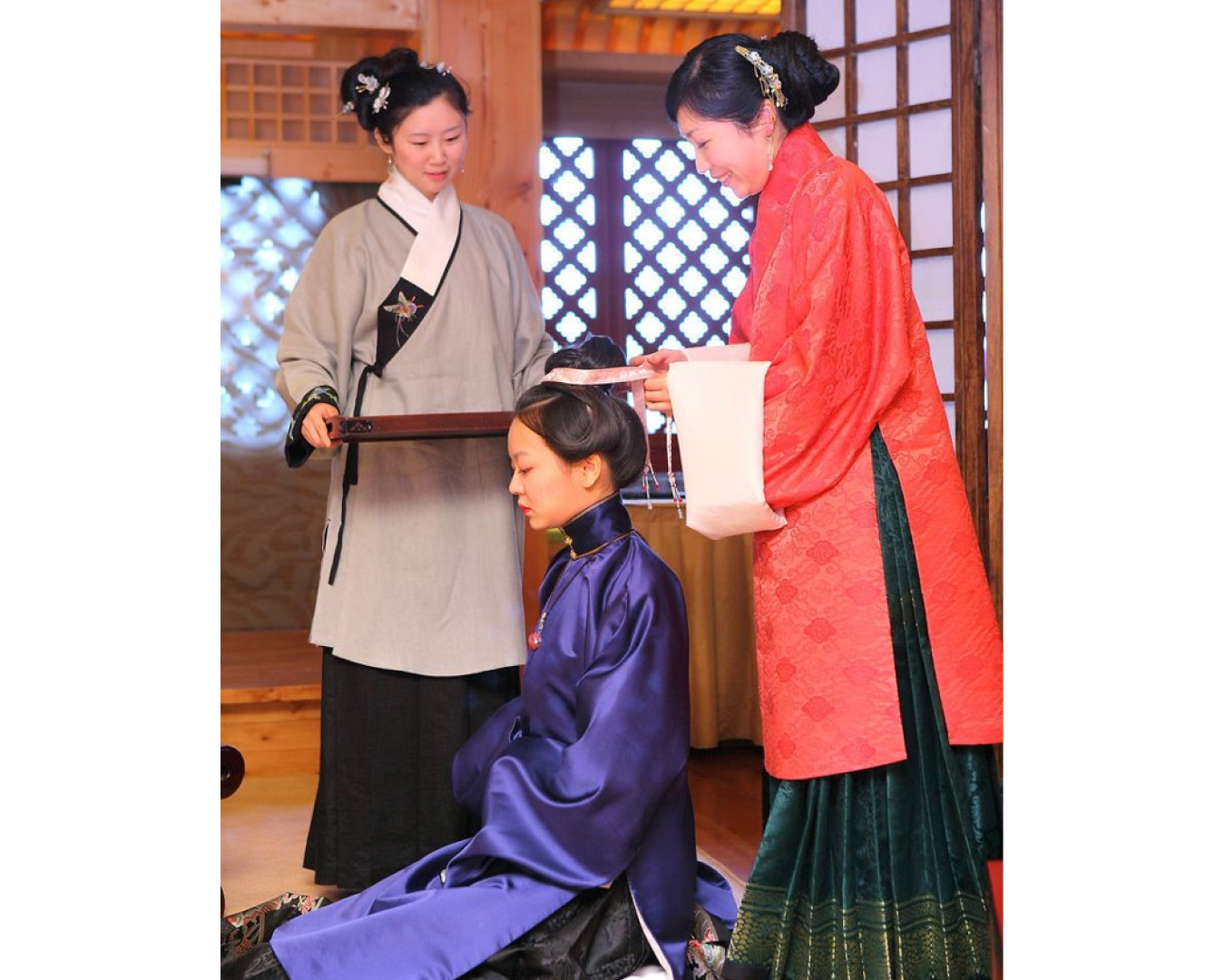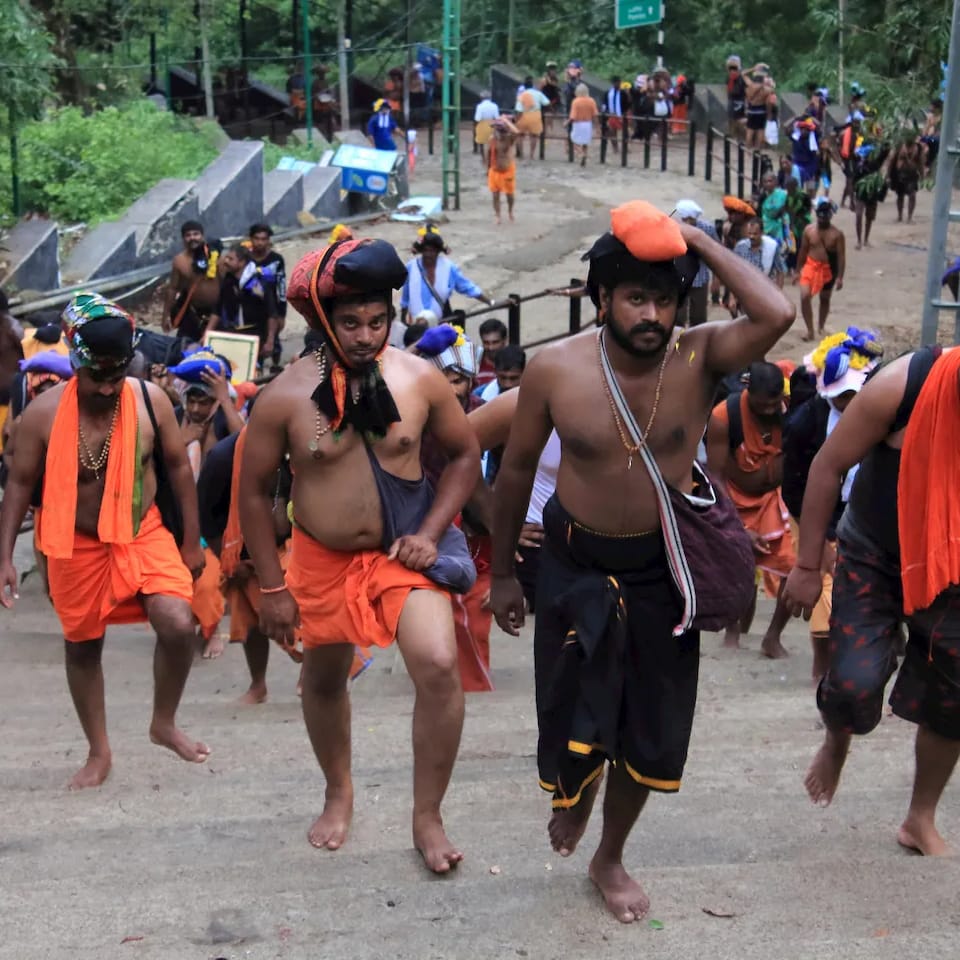
The colours of girlhood — issue #53
Back in primary school, girls in my class used to circulate a dog-eared paperback copy of Judy Blume’s “Are You There God, It’s Me Margaret”, giggling excitedly to the next person in line. I have fond memories of reading about 12-year-old Margaret’s adolescent adventures: getting her period for the first time, learning how to kiss a boy, wishing for bigger breasts. As girls approaching puberty in the pre-Internet age, this was our only way to access the magical mystery known as “becoming a woman”.
But that book told a very specific story from the perspective of a caucasian girl in America. Margaret’s aunties didn’t comment on the shade of her skin. Her grandmother didn’t forbid her from playing with the Chinese boy in their block. Margaret didn’t know the joys of a good gossip session with her girl cousins while they baked cookies for a festive celebration, teasing one another with the prospect of marrying an annoying boy second cousin.
Girlhood for me was complex, confounding, and full of colour. It was the blue of my mom’s eyeshadow, part of her complicated make-up routine before leaving the house. It was the gold of my grandmother’s jewellery that I wish I had held on to. It was the white of skin whitening creams. It was the brown of the skirt of my school uniform, which got shorter each year. It was the dark red of the blood stain on my skirt, many years later.
Even today, I feel that my girlhood is a thing that’s alive. She still lives in this body, her colours transforming it from within. Some days I am this girl-woman chimera. I catch on quickly. I feel all feelings in the depths of my being. In this state, I am sensitive to touch yet impervious to damage—capable of both creation and destruction. And when I allow myself to acknowledge this complexity, I feel myself standing taller, and become more rooted to the ground.
To the ladies reading this, I wonder, do you feel this way too?

more from us...
What do periods have to do with politics? In India, laws against women in sacred spaces expose the cultural shame around menstruation.
France’s hijab ban in this year’s Paris Olympics goes to show how discrimination against Muslim female athletes persists in sports.
BTS

In many countries, women and girls don’t have access to menstrual products, and safe and clean toilets remain a luxury. In this behind-the-scenes article, Zafirah shares how visual metaphors were used to tell the story of period poverty in Asia.
✨ Kawan Special ✨

How can Southeast Asian media combat gender discrimination and foster a safer environment for women? Griselda Gabriele walks us through her key takeaways from a gender-sensitive workshop that gathered journalists and NGO workers from the region.
Stuff we love
↗ Any Cardcaptor Sakura fans? Check out Nadieh Bremer’s visual ode to her favourite childhood manga.
↗ Voice of Baceprot is an all-girl trio rock band from West Java, Indonesia. Listen to their music, which puts women at the forefront and confronts issues of domestic violence.
Did you know?
A coming-of-age hair-pinning ceremony

Known as a hair-pinning ceremony, “Ji Li” is a coming-of-age ritual for girls that has been practised in China for thousands of years. Traditionally, only girls from noble families went through the ceremony, which typically happens when they turn fifteen, or get married. Prior to that, girls would wear their hair in braids. During the ceremony, the girl’s hair is washed, combed and put into a decorative bun, before the master of the ceremony puts a hairpin in it to signify her entrance into adulthood. A similar tradition exists in Vietnam and Korea, where the hairpin is a symbol of womanhood.




